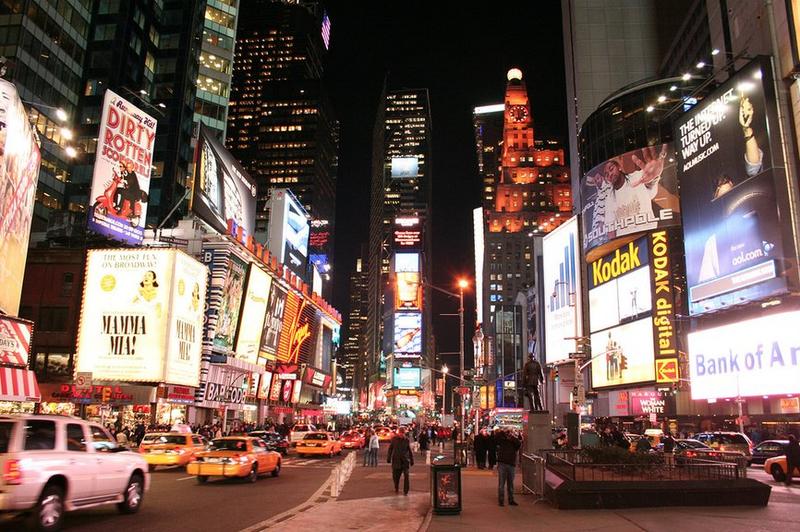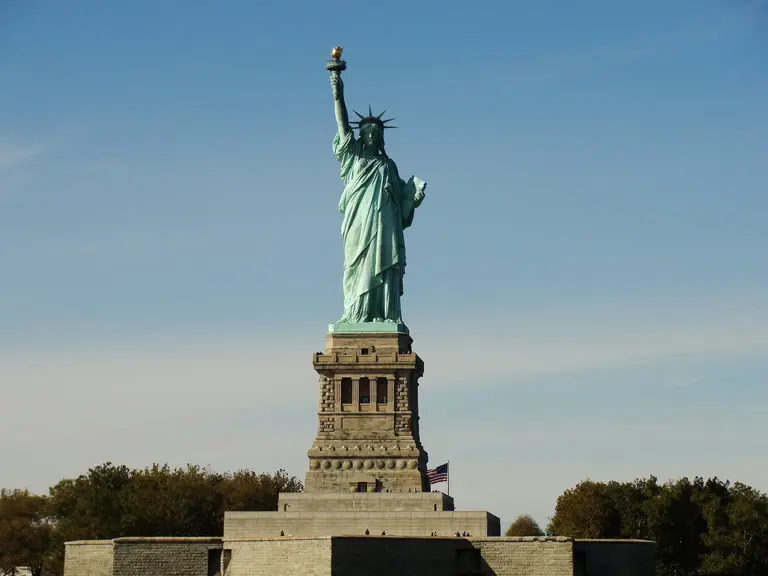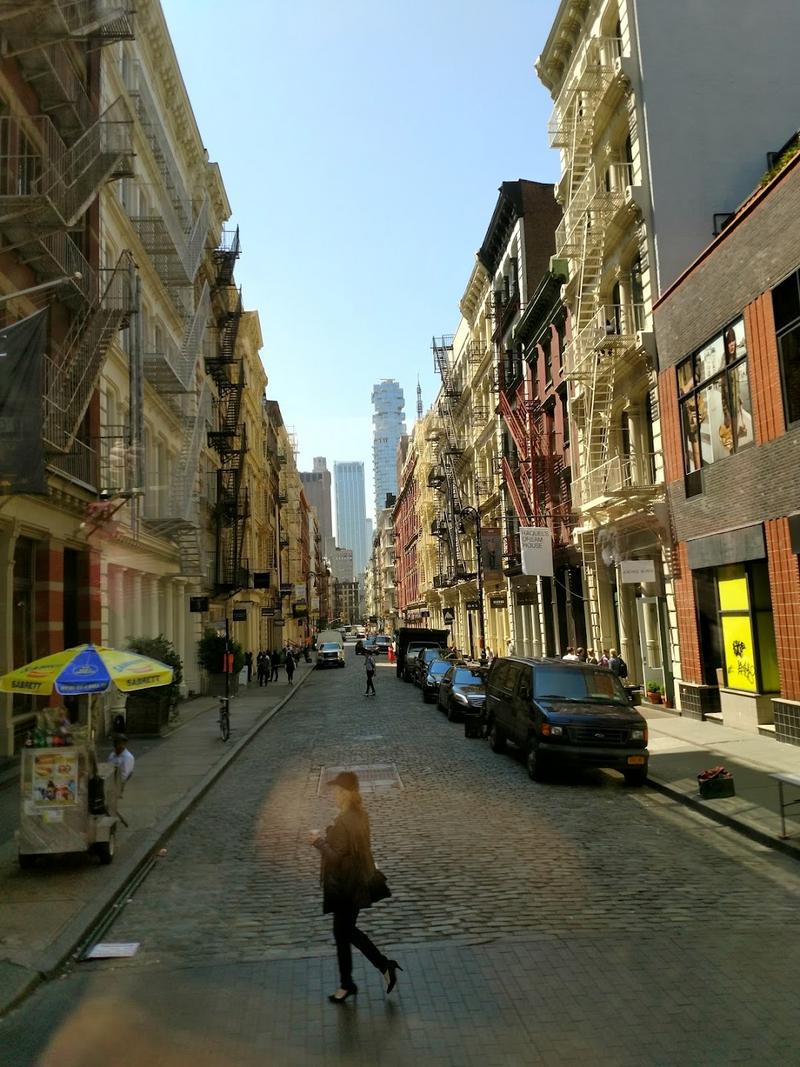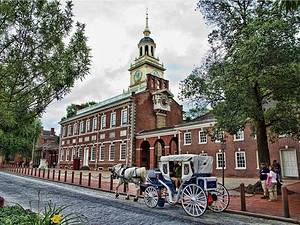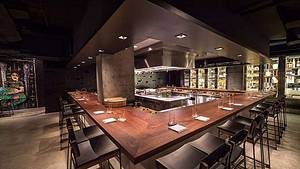Discover New York in 2 days
1 cities |
16 attraction(s) |
total distance 47
km
 TIPS
TIPS
Day1
Day2
Day1: New York
7 attraction(s) ·
27 km
1
Central Park is a huge urban park located between 59th and 110th Streets in Manhattan. The park has a wide range of facilities including a zoo, children's playgrounds, theaters, a man-made lake, ice rinks, sports fields, and large lawns for visitors to relax on. In addition, the park's perimeter road is 10 kilometers long and is very popular with joggers. It is not easy to have such a beautiful park open to the public for free on such valuable land in Manhattan.
1
km
2
The Metropolitan Museum of Art, also known as "The Met", is one of the largest art museums in the United States and one of the most famous in the world. Its total exhibition area is 20 hectares, equivalent to the size of the Beijing National Stadium, and the main building area is 8 hectares. Its collection of artworks exceeds 3.3 million pieces, including paintings, sculptures, architecture, murals, calligraphy, photography and other fields, with 19 different departments.
1
km
3
The American Museum of Natural History (AMNH) is located next to Central Park in New York City, facing the Metropolitan Museum of Art across the park. It is a private non-profit organization founded 145 years ago. At the entrance of the museum stands a sculpture in honor of President Roosevelt, one of the founders of the museum, who was also an expert in natural science. The museum has 46 permanent exhibition halls with over 32 million permanent exhibits, including world-renowned dinosaur fossils and meteorites. The largest exhibit in the museum is a 29-meter, 9.5-ton model of a blue whale. The architectural design of the AMNH was the winner of the Roosevelt Memorial Architecture Design Award in New York at that time, and the Roosevelt Circular Hall has left many memories for visitors. In addition, the museum offers many tour routes and experience projects, such as the Lucy Fossil, Spider Special Exhibition, and IMAX Cinema, which are all worth seeing. It is recommended to use the official free app for personalized route guidance to make your visit more exciting.
3
km
4
Manhattan has a main road that extends from Washington Square in the south to 143rd Street in the north, and there are many different types of shops around it.
12
km
5
St. Patrick's Church is located in New York City and is one of the most respected Roman Catholic churches in the United States. The church is a Gothic-style building and serves as the residence of the Archbishop of New York.
12
km
6
Observatory on top of Rockefeller Center, with an ocean-liner style design, offering city views.
1
km
7
Times Square, located in Manhattan, New York City, is known as the "crossroads of the world". It is situated at the intersection of West 42nd Street and Broadway Avenue. Nearly 40 shopping malls and theaters are gathered around it, making it a prosperous entertainment and shopping center. Times Square is the only area within zoning regulations that requires property owners to hang eye-catching advertising boards, including various advertisements and promotional boards. In addition, Times Square is also the live broadcast location for the popular American TV show "Good Morning, America."
Day2: New York
9 attraction(s) ·
13 km
1
Located on the Battery, Battery Park is a public park that provides an excellent location to overlook the beauty of Manhattan and regularly hosts a variety of activities.
3
km
2
The Statue of Liberty is a national monument called "The Statue of Liberty Enlightening the World," erected on Liberty Island in New York Harbor on October 28, 1886. The pale green copper statue symbolizes the ideals of democracy and freedom pursued by the American people and has long been a symbol of New York City and even the entire United States. The entire statue weighs 225 tons and is made up of a steel frame weighing 120 tons and copper plates weighing 80 tons. Tourists can take a boat from the base of the statue to the top of the pedestal, and climb the 171 spiral stairs inside the Statue of Liberty to the crown. There is also a museum and staircase inside the statue. With prior reservation, tourists can climb to the crown and have a bird's-eye view of Manhattan.
2
km
5
Plaza, pools & exhibits honoring victims of 1993 & 2001 WTC terrorist attacks. Free timed admission.
2
km
6
The Brooklyn Bridge, one of the oldest suspension bridges in the United States, was built in 1883 and serves as an important connection between Manhattan and Brooklyn. It is also one of the most iconic landmarks in New York City. With a length of 1,834 meters and a height of 41 meters above water, the bridge is supported by thousands of steel cables and was the longest suspension bridge in the world at the time of its construction. It is considered one of the seven wonders of the modern world for its technological innovation during the industrial revolution. To commemorate its centennial anniversary, the United States issued a 20-cent commemorative stamp featuring the bridge's grandeur and style. In addition, modern American poet Hart Crane wrote a long poem titled "The Bridge" about the Brooklyn Bridge.
1
km
7
DUMBO refers to an area under the Brooklyn Bridge and Manhattan Bridge extending into the Brooklyn neighborhood, which has emerged as an art district over time in New York City. Today, this area has become home to numerous galleries, studios, and more, making it one of the most renowned art districts in New York City.
3
km
9
Chinatown is located at the southern end of Manhattan, New York City, with its center being Mulberry Street. It includes Pell Street, Bayard Street, Mott Street, Lafayette Street, Baxter Street, and East Broadway. Chinatown is a short distance from the city government and Wall Street, and the world-famous Broadway performing arts center is also nearby. This unique geographical location makes Chinatown's position in New York City hard to ignore. There are 45 streets in Chinatown covering an area of over 4 square kilometers. Chinatown has gradually swallowed up the surrounding Jewish, Puerto Rican, and Italian neighborhoods. As of 2007, the total number of Chinese in New York City exceeded 800,000, distributed in four Chinatowns and 10 Chinese communities. The evolution of Chinatown has also become a witness to the development and growth of overseas Chinese.






